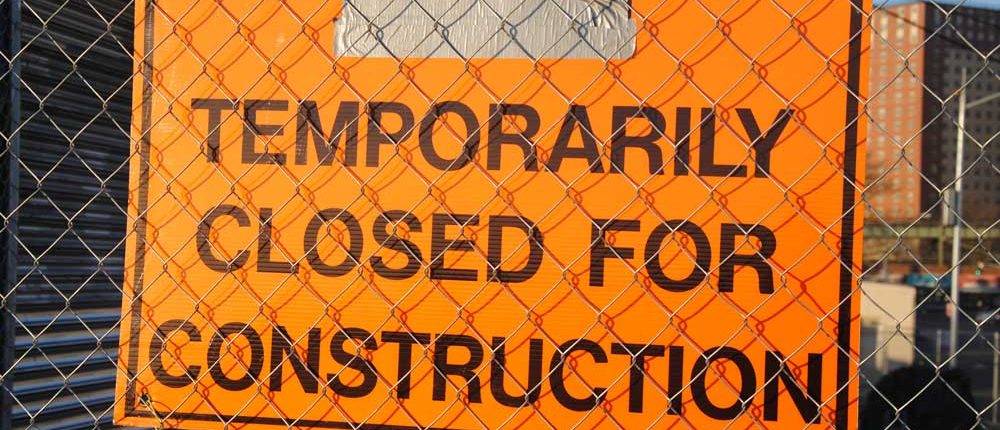
Contractors: 5 Types of Construction Fraud
Often people assume construction fraud is perpetrated by dishonest companies against the client, but construction fraud is a two-way street. Meaning, fraud of all kinds is prevalent across every type of construction project and according to BDO Canada, “studies show companies on average lose approximately 5% of their annual revenue to fraud, and this figure is twice as much in the construction industry”.
Despite how pervasive construction fraud is, the most reported cases are cases of construction companies defrauding their clients, meanwhile, it is the companies themselves that often lose money to fraud committed by employees, contractors and partners.
Unfortunately, many believe fraud is just part of the cost of doing business. And while yes, often you just have to eat the cost, there are some preventative measures companies can put in place to prevent fraud from occurring. First thing is to know the risks. To protect themselves, businesses should be aware of the following most common fraud schemes:
- Non-payment of subcontractors and material suppliers done by delaying or falsifying lien waivers, or using project cash receipts to pay bills for other projects.
- Billing for unperformed work—often by exaggerating the units of production accomplished or the labour and equipment actually used.
- Manipulating the schedule of values (SOV) and contingency accounts in one or more of the following ways:
- Failing to update SOV line items
- Charging phony bills
- Failing to associate subcontractors or vendors with SOV items
- Substituting or removing material. This can include doing things like installing low-grade materials that would require future repairs.
- Stealing tools or equipment from a worksite. This is often done by billing for equipment or tools for the jobsite that are then used for other subcontractor projects or personal use, or billing for unnecessary tools.
Preventing Construction Fraud
A company should first start with a Fraud Risk Assessment. A Fraud Risk Assessment helps management understand risks that are unique to its business activities, identifying gaps and finding weaknesses.
As part of a an organization’s governance structure, a fraud risk management program should be in place, including a written policy (or policies). Further, it’s a good idea to implement a compliance and ethics program, set up an anonymous reporting system, properly define project scopes and ensure segregation of duties. When assessing and reviewing an organization’s anti-fraud regime, management should consider obtaining professional advice on effective compliance programs.
Roles & Responsibilities
Board of Directors
- Tone at the Top
- Understand Fraud Risks
- Maintain oversight of Fraud Risk Assessment
- Monitor Management’s reports on fraud
- Oversee Internal Controls
- Engage outside parties regarding fraud when needed – External Audit, Experts
Management
- Responsible for design & implementation
- Create anti-fraud culture
- Implement adequate controls
- Ongoing reporting on instances & effectiveness of program
Employees / Staff
- Understand fraud and fraud red flags
- Understand their roles in controls
- Report suspicions or instances of fraud
- Cooperate in investigations Roles & Responsibilities
Internal Audit
- Objective assurance that fraud program is in place, effective and sufficient.
- Fraud risk assessment should be part of annual audit plan considerations
- Participate / conduct fraud risk assessment
- Understand fraud schemes, scenarios and red flags
- Dependent on organization, conduct / participate in fraud investigations
This may all seem a little overwhelming but we are here to help, drop us a line to see how we can help protect you and your company.
POPULAR POSTS
-
 February 14, 2025Love & Protection: Why Your Valentine’s Day Gifts Need Insurance
February 14, 2025Love & Protection: Why Your Valentine’s Day Gifts Need Insurance




















